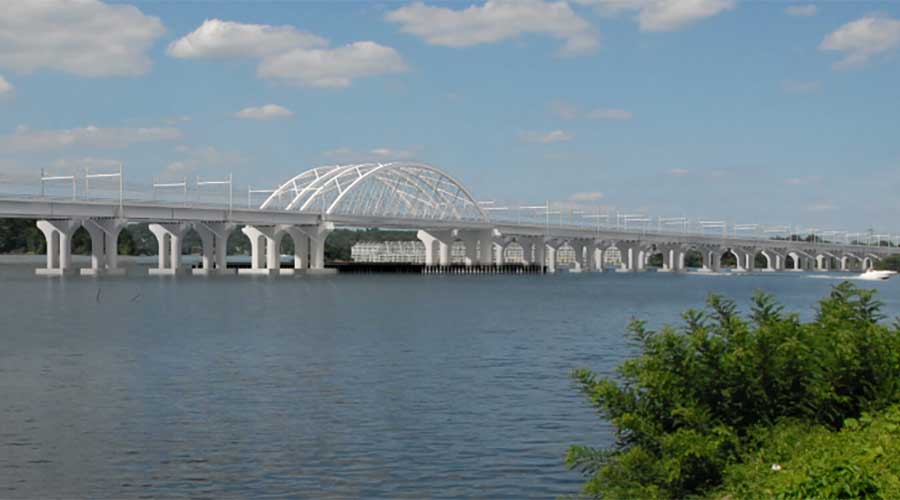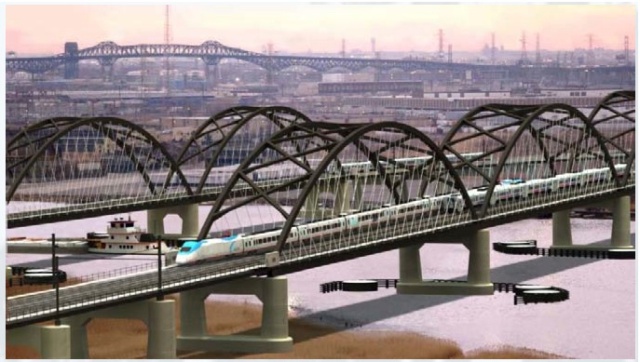I really feel like we’re talking at cross purposes here. I used Acela merely as a shorthand for our lone true HSR route. I’m not really talking about the branding. I’m talking about how it seems that funding gets thrown around at disparate networks rather than gradually building out one network.
Fair enough. Part of the explanation is absolutely political, given that the biggest pot of money is controlled by people who are accountable to their individual states/districts (and that's mirrored on the state level too). Economic coattail effects aside, Pennsylvania's representatives in Congress may or may not, in the abstract, care if a bunch of federal dollars got chucked at NYS to upgrade the Empire Corridor to HSR, but they'd much rather that money got allocated to the Keystone corridor...and that's true for the politicians in any given place (and which is functionally independent of whether it is the most efficient allocation, because the politicians aren't spending their own money and therefore don't really
have to care about whether it makes sense beyond their political/campaign/constituency's interests). And, especially in politics, big new shiny thing where nothing is now tends to be more attractive than "nuts and bolts upgrades" (see, for instance, the entirety of the MBTA falling apart while the politicians only ever really show up at ribbon-cuttings). In addition to the basic, if inefficient, quid-pro-quo of federal funding negotiations, at the state level you have both that same dynamic and less money to work with, and smaller incentives (because they don't have the
external quid-pro-quo that might make them even consider network effects; federal reps at least can understand that they have to chuck CA some money to get some for NY, but NY's own politicians don't have any meaningful reason to do anything other than fight for the most they can get for themselves...and blame the feds if they don't get enough).
The other part of the explanation is because HSR doesn't really scale as a network in a vacuum. As discussed previously, it's an open question as to whether points north of Albany or west of Harrisburg even rate HSR service (and I think reasonably certain that Harrisburg and Albany proper - and, I would argue, Pittsburgh - absolutely
don't). Raising any of these corridors to HSR-spec solely for the sake of it would be the epitome of a vanity project, and for it not to be that it would need to have a proper business case
for the service itself because of the cost involved in upgrading to and maintaining HSR corridors (not to mention even more capital expenditure if it's electrified). Upgrading the Empire Corridor to Albany or the Keystone Corridor to Harrisburg to HSR-spec doesn't make it cheaper to upgrade the lines to Montreal or Pittsburgh or Toronto or Chicago. They'd need to rate HSR
on their own terms past the existing corridors. Pittsburgh probably doesn't rate that investment, Toronto probably doesn't rate that investment, and Chicago definitely doesn't rate that investment (because the distance involved is probably semi-permanently too extreme). Montreal
might, but the only network effect involved would be in frontloading some of the capital expenditures on the ALB-NYP segment; if ALB-MTL didn't rate the investment then there's no amount of work
on the ALB-NYP stretch that would change that fact. In that context, it becomes clearer why the politicians prefer to chuck money at corridors/projects that (appear to) rate investment, despite being disparate and unconnected. A California network (well, one not bungled like CAHSR) has a clearer business case justifying HSR-level expense than HSR-ifying the
Empire Service or the
Keystones, in the same way that the NEC proper has a better business case for higher-speed and more-frequent services than either of those branches.









